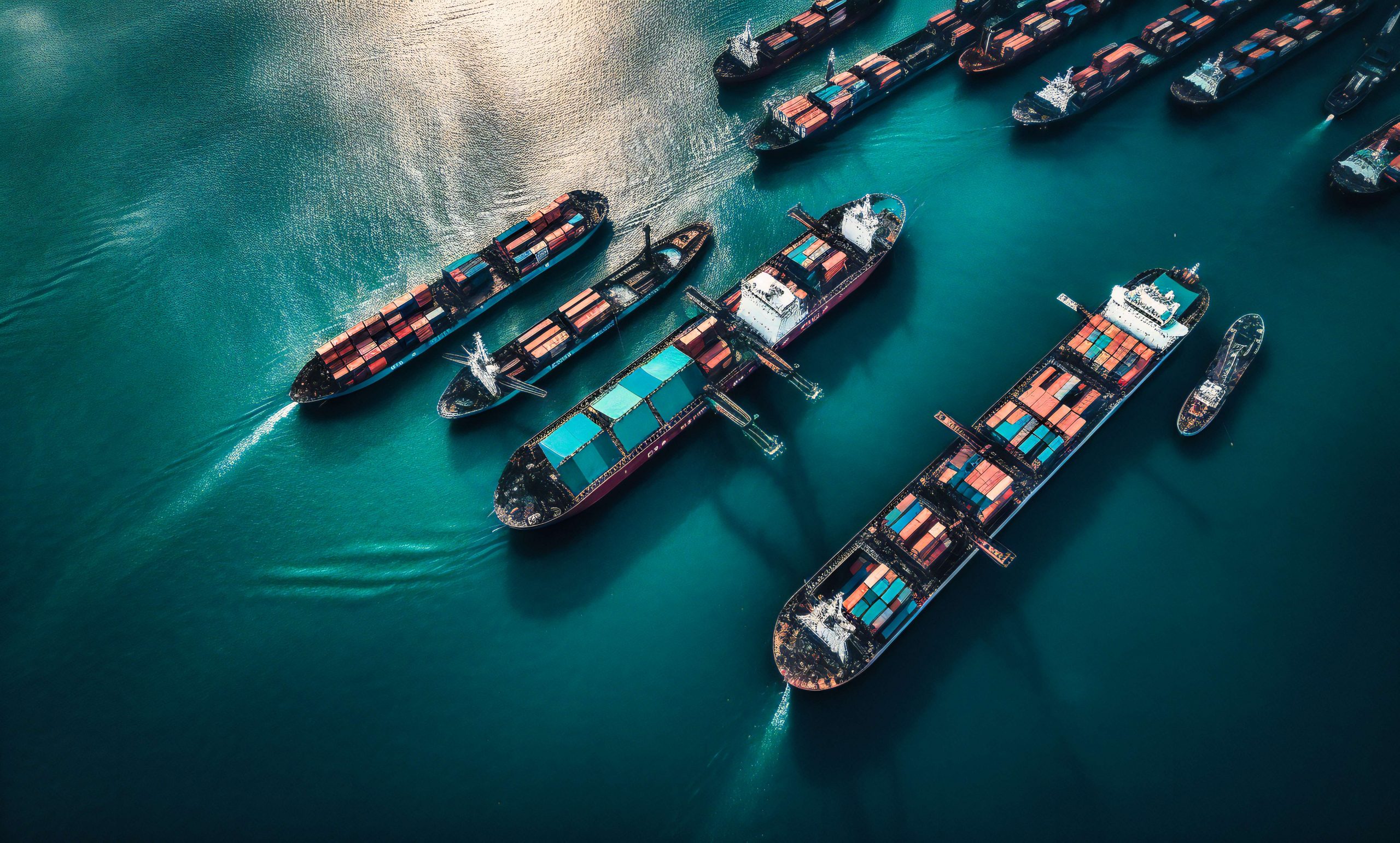10 tips specifically tailored for sea transportation
19/03/2024
Sea transportation is a vital component of the modern economy, providing a cost-effective and efficient means of transporting goods and across long distances and connecting regions and nations in a globalized world.
Choose the Right Shipping Method
Consider factors such as cost, transit time, and cargo volume when selecting between full container load (FCL) or less than container load (LCL) shipping options.
Select Reliable Carriers
Partner with reputable shipping lines or freight forwarders with a proven track record for reliability, safety, and on-time deliveries.
Optimize Container Packing
Maximize container space and minimize damage by properly loading and securing cargo within containers. Use appropriate dunnage, bracing, and blocking techniques to prevent shifting during transit.
Monitor Weather Conditions
Stay informed about weather forecasts and potential maritime hazards along the chosen shipping routes. Adjust schedules or routes as needed to avoid adverse weather conditions.
Comply with Regulations
Ensure compliance with international maritime regulations, including customs documentation, container weight restrictions (VGM), and hazardous materials handling protocols.
Utilize Technology
Leverage maritime tracking systems and satellite communication technologies to monitor vessel locations, track shipments in real-time, and receive updates on transit status.
Plan for Port Operations
Coordinate with port authorities and terminal operators to optimize port operations, minimize dwell time, and expedite cargo handling processes.
Consider Transshipment Options
Evaluate the feasibility of transshipment hubs for optimizing transit routes and reducing costs, especially for destinations with limited direct shipping options.
Implement Risk Management Strategies
Develop contingency plans for potential disruptions such as port congestion, vessel delays, or unforeseen events like natural disasters. Maintain adequate insurance coverage for cargo protection.
Promote Sustainability
Explore eco-friendly practices such as slow steaming to reduce fuel consumption and emissions. Consider participating in voluntary environmental programs to minimize the ecological impact of sea transportation.
By following these tips, you can enhance the efficiency, reliability, and sustainability of your sea transportation operations while mitigating risks and ensuring compliance with regulations.


